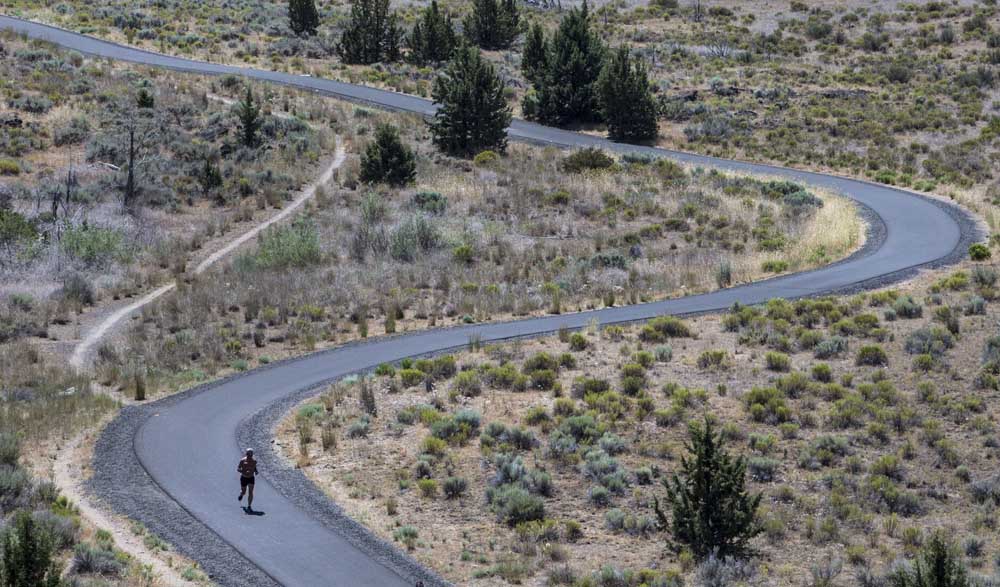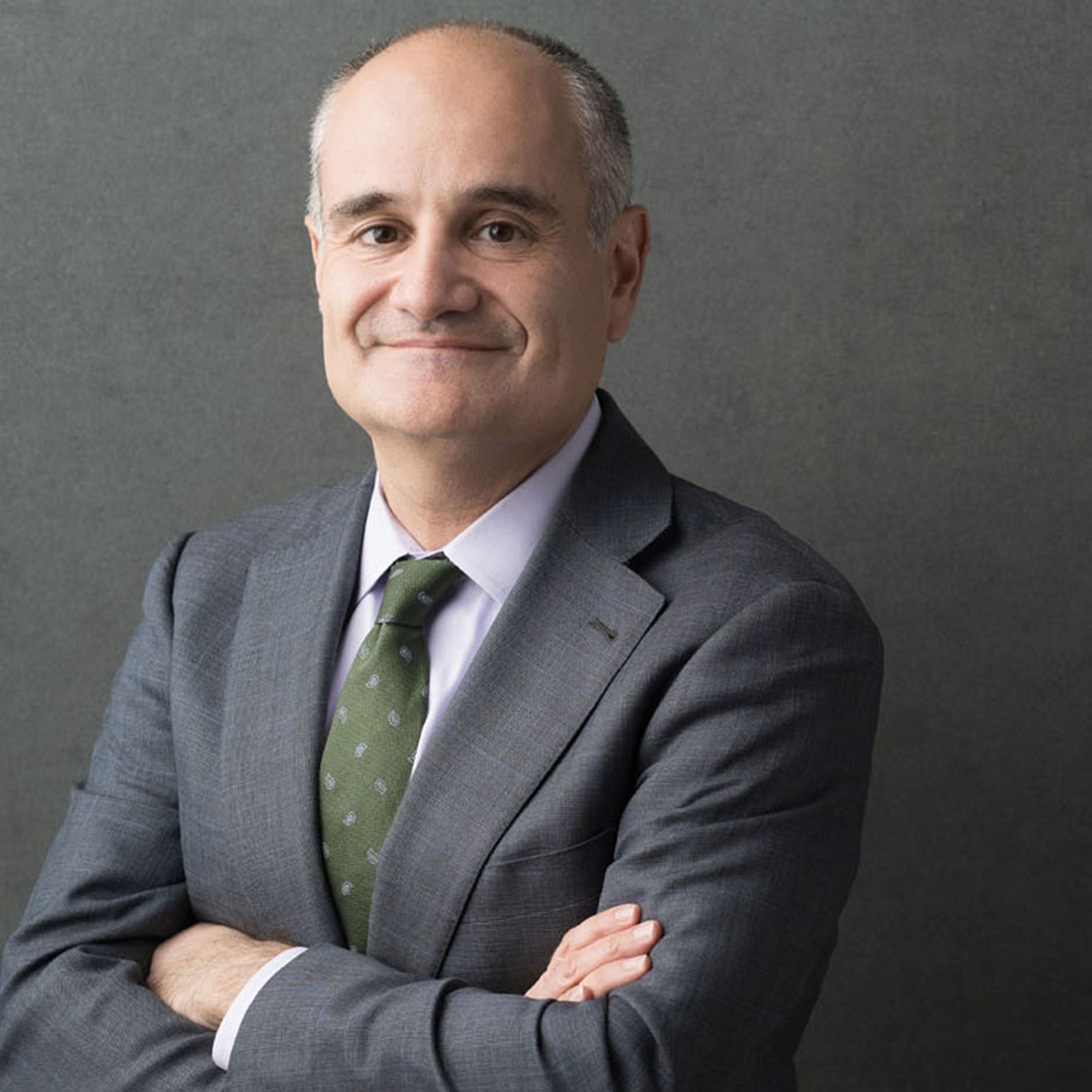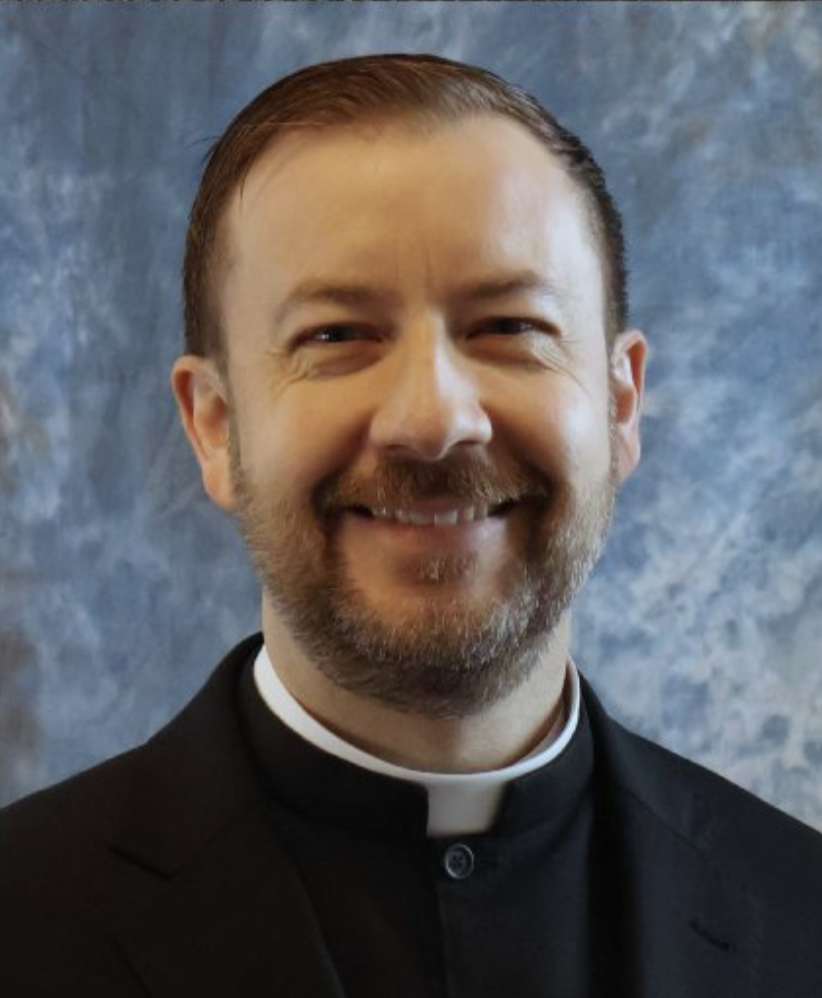Column: Will progress spoil Dry Canyon park?
Published 9:00 pm Tuesday, June 7, 2022

- A runner makes his way along a curvy section of path while exercising along the Dry Canyon Trail in Redmond in July 2020.
Think of Redmond parks and what name pops up? Probably the Dry Canyon Park. Occupant of Redmond’s unique geographical feature, the 4 ½-mile-long linear space provides a park corridor down the center of the city’s footprint.
Trending
Recreating in Redmond’s premier park provides a range of experiences: you can walk the wild northern part formed by eons of ancient volcanic eruption and river erosion; visit Hope Playground, play pickleball or picnic in the central portion; continue south past the amphitheater to where the canyon ends and do a little BiMart shopping, or get a good workout by traversing the entire length.
What’s new with the Dry Canyon Park is that it is being used more heavily than ever. This is not surprising given Redmond’s rapid growth, and it makes the city’s decision to do a detailed plan for the Central Canyon park timely.
This is not the first plan for the park. Meeting many times with a diverse citizen’s advisory group and the general public between 2013-17, the city composed the Dry Canyon Master Plan (DCMP) for the entire canyon, and adopted it as part of a new city wide park system plan in 2018.
Trending
Two things stand out in my memory about the DCMP: 1) You can’t expand the canyon, so keep as much of that finite space as possible green; 2) Do not locate more parking in the canyon…utilize parking resources to the west, and link them effectively to the park.
Which brings us to my biggest concern about the new planning process. Will it heed these guidelines, or decide they are unrealistic?
It would be easy to do the latter. That is the path of least resistance. As another member of the city parks committee recently opined, no new parking in the canyon was a nice idea; but not a realistic one.
With Redmond’s expansion happening on the city’s west side, new residents are located further from the Dry Canyon. They will usually drive to the park, and look for parking close their destination.
Already one can see parking happening in high use areas, where it was never intended. Without physical barriers, people get creative and park where they can.
The initial consultant document, a Central Canyon Map of Opportunities and Constraints (O&R), suggests accommodating this, by paving several unofficial parking areas. It also suggests that more car circulation in the central canyon might be allowed. While this may seem logical, it takes us away from the DCMP.
Is there a realistic alternative? Yes! The city recently talked to Redmond High School administration about using part of the school’s large parking lot, for every day park user parking. RHS said “yes”, opening an area with ample space that will meet current and future park user needs.
There already exists a paved walking path going from that lot to the Central Canyon park. There’s your potential out of canyon parking solution. Let’s call it the West Gateway Alternative (WGA).
For it to work, the city would need to make substantial additions and improvements to the existing infrastructure. This large commitment could be aided by the involvement of community volunteers.
Will the WGA feature prominently in the city’s forthcoming Central Dry Canyon Park Plan? The initial Map of O&A seems to lean the other direction — towards more cars and parking in the canyon.
The West Gateway Alternative will become a top plan priority only if Redmondites vigorously support it, and the guiding master plan principle of keeping more cars/parking out of the canyon.
That won’t be easy, because the city will not permit citizen plan input, until the consultant’s draft concept plan is released this summer.
If you are concerned and wish to register your opinion, be prepared to offer input when the city tells you it is time.
In the mean time, if you’d like to learn more about, or discuss the above, contact the author.








